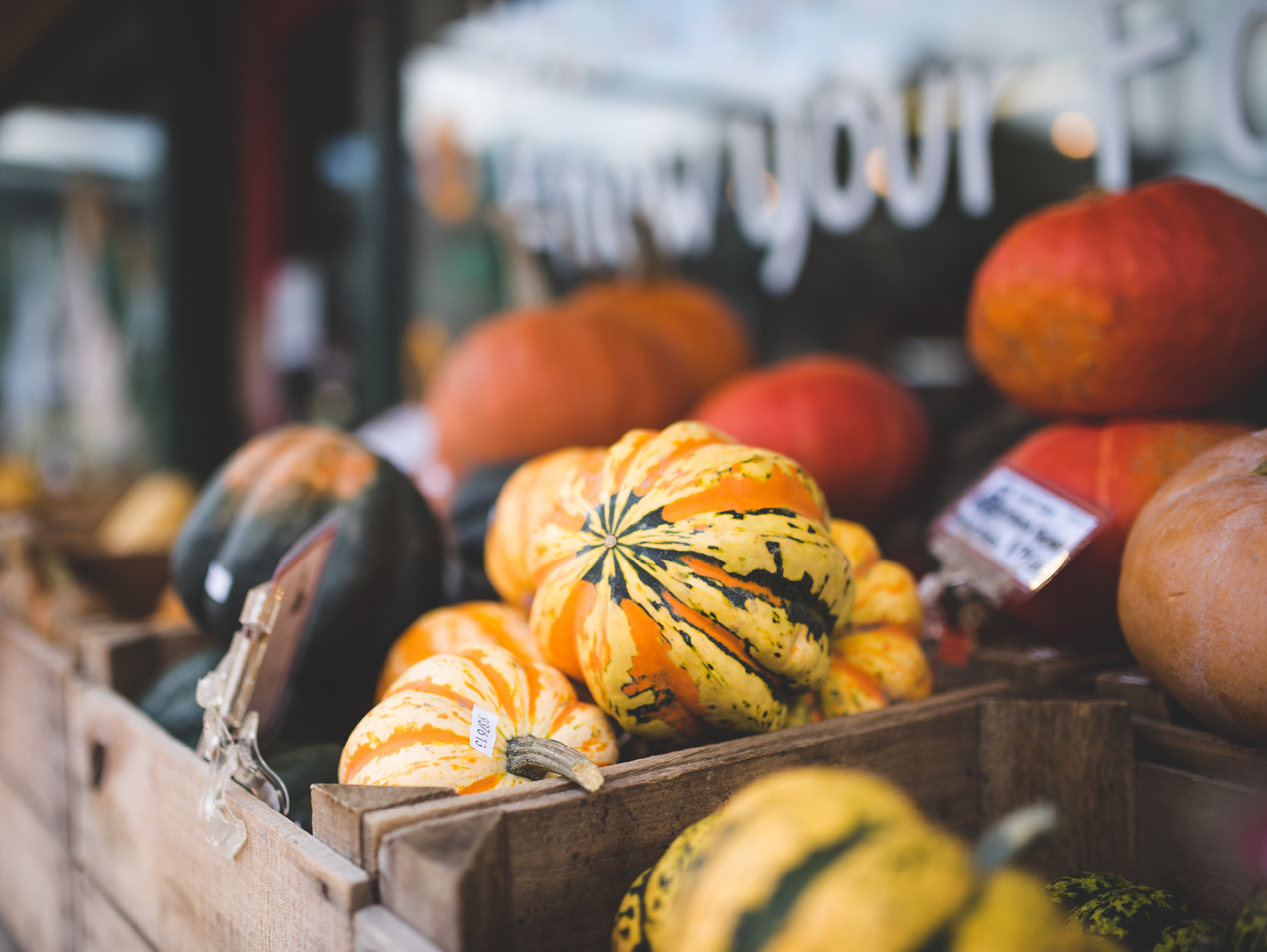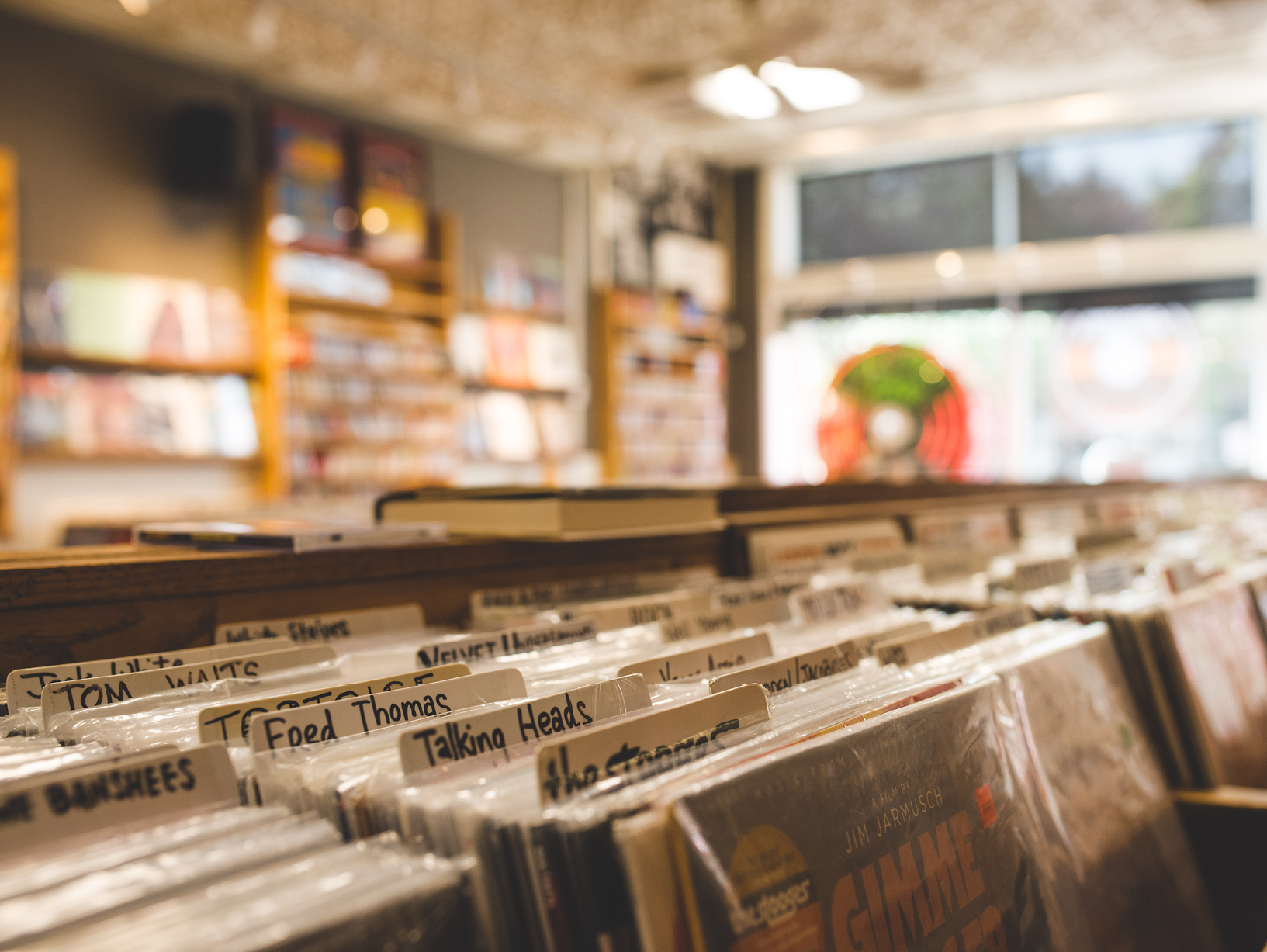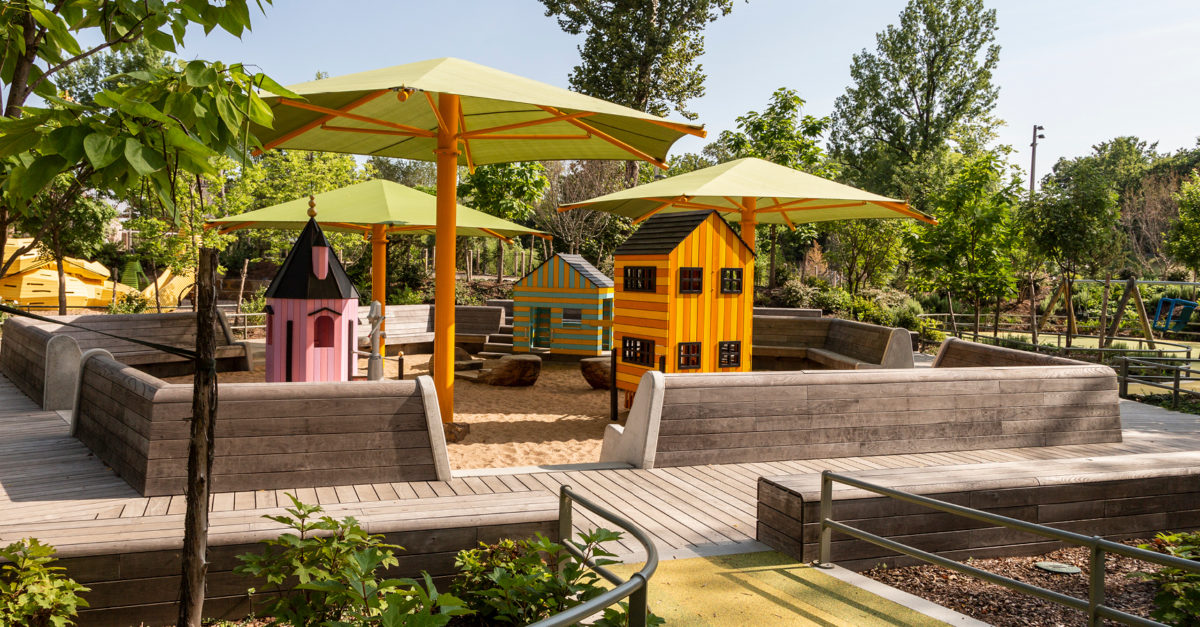Fairy Doors and Bookstores
Football weekends at the University of Michigan are known for being the scene of larger-than-life school spirit and pride, as the campus erupts in a sea of maize and blue. The stadium is affectionately known as the Big House, and attendance at games is off the charts.
But this level of pride is not restricted to just the university. After only a few days in Ann Arbor, it’s evident that this college town is comprised of people and businesses who are excited to be contributing their energy to the community. With a dynamic arts and music scene, diverse and delicious cuisine, a scenic downtown for strolling, and shops and bookstores aplenty, it’s no surprise this town frequently finds itself on lists of the best places to live.

Day One
The Michigan Flyer, an affordable transportation option to get from the Detroit Airport to downtown Ann Arbor, drops riders off at the Blake Transit Center. The transit center’s central location also makes it an easy reference point for visitors like me to navigate the town.
Given that it was not a football weekend, accommodation options were more plentiful, and I chose Burnt Toast Inn, a bed-and-breakfast in a large house, because of its proximity to downtown and its homey feel. A friendly black lab named Gus greeted me and my backpack full of snacks, while Sarah, the owner, pointed out her extensive collection of copper Bundt cake molds on the walls of the spacious kitchen.
As I strolled the five minutes to downtown to meet up with my friend Stella, I heard guitar licks emanating from the bar down the street into the crisp twilight. A few blocks farther, a guitar player busked outside. Coffeehouses and shops along Main and Liberty Streets looked like dollhouses, closed but all lit up and waiting for the morning to welcome their people.
As we neared State Street, the stunning marquee of the State Theatre rose like a glorious amusement park at the end of the T-intersection. We followed the sound of a cello into Nickels Arcade, a 261-foot-long corridor with ground-floor shops, a greenhouse glass ceiling overhead, and rows of globe pendant lights that shed a romantic glow across the tiled floor. The arcade is home to a variety of stores and specialty shops.
Our last stop of the night was on Liberty Street at a cozy and modern ice cream shop called Blank Slate Creamery. It was still hopping at 9:30 p.m., with dessert-seekers eager to sample inventive flavors like Goat Cheese and Cherry ice cream and Pear Anise sorbet. Chalkboard tables lent themselves to colored chalk doodles in between licks. Under the overhang outside, people socialized while trying their hand at an addictive ring-hook game nailed to one of the posts.

Day Two
Downtown Ann Arbor is ideal for morning strolls, so I took a walk to Tasty Bakery on Huron Street for a banana muffin. Taking it to go, I headed to Liberty Street in search of caffeine. RoosRoast Coffee makes one of the best autumn harvest lattes around, and a leather-covered stool at the concrete bar is an ideal perch for solo coffee drinkers to feel a part of things. It was there that I learned owner John Roos is a self-taught artist whose whimsical sketches adorn the bags of blended coffee.
Once properly caffeinated, I met up with Stella and her friend Ziyong outside of Sam’s, several doors down on Liberty Street. This retail shop has been around since 1946 and is known for long-standing brands like Lee and Levi’s. Vintage Levi’s posters and colorful vintage college pendants adorn the walls.
We turned the corner onto Fourth Street and found Dear Golden, a vintage shop that feels like a fancy boutique thanks to its painted white wooden floors and brick walls. Expertly curated by owner Lauren Naimola, the shop carries everything from gauzy dresses to intricate jewelry. Stella modeled (and bought) a fabulous navy trench coat made of velvet corduroy, which made her look like a movie star.
We crossed the street and continued up Washington Street, and we were quickly in front of Literati Bookstore, easily recognizable by the sign that looks like typewriter keys, designed by Oliver Uberti. He also envisioned the out-of-the-box mural that now graces one of the exterior walls. Owners Hilary and Michael Gustafson selected fifteen favorite phrases written by customers on the basement typewriter (open to the public), and Uberti painted them onto the building in typewriter font. Phrases range from the humorous (“I like turtles”) to the profound (“Typewriters remind us that words are sound. What have we lost now that words are silent?”).
We did a little loop and ended up on Fifth Street to grab a bite at Earthen Jar, a casual pay-by-weight vegetarian Indian restaurant with many vegan options as well. The yellow dal was my favorite, with the curried potatoes a close runner-up. Though the restaurant is sparse on decor, it’s big on flavor and kindness. The owner is a huge Bob Marley fan, and some scattered photo memorabilia can be found on the walls.
With our bellies full, the final stop of the night was The Ark, where we took in a concert featuring blues guitarist Matt Andersen. This intimate venue is considered to be one of the premier music clubs in the country. It’s a testament to Ann Arbor’s commitment to the arts that places like The Ark attract so many top performers.

Day Three
After walking past the charming Argus Farm Stop countless times on my way downtown, I made a point to visit and look around. Referred to as an everyday year-round farmer’s market, Argus Farm Stop arose from a realization that customers wanted a regular place to buy food from local farms. Opened in 2014, the business has paid over $5 million to local farms and food producers. The shop on Liberty Street consists of a cute coffee bar up front and a small grocery to the left, with produce labeled with the name of the farm and locally made goods like jams and pickles. Around the corner is a greenhouse area with a long community table as well as benches and smaller tables scattered throughout the space for sipping lattes or studying.
Another item on my Ann Arbor checklist had been to scout out a fairy door, a tiny door that reveals a view of a miniature world behind it. The concept of fairy doors is the brainchild of Jonathan B. Wright, a graphic design teacher at a local college. The tradition started when his children began “discovering” fairy doors in the family home. The fairies expanded, with the first public fairy door popping up outside Sweetwaters Coffee and Tea on April 7, 2005. The fairy doors have become so popular, Wright’s website, urban-fairies.com, offers fairy-door seekers a downloadable map to guide their quest. Officially, Wright does not build the fairy doors; the fairies do.
On Stella’s suggestion, I took a walk through the historic district of Kerrytown, located on the north side of downtown. I was especially interested in learning about the history of the Bethel African Methodist Episcopal Church on North Fourth Avenue, which was completed in 1896 and served as a hub for the black community until 1971, when they built a bigger church on John A. Woods Drive. The wall display here (courtesy of the Downtown Ann Arbor Historical Street Exhibit program) describes more of the close-knit community’s history and contributions to Ann Arbor. The Ann Arbor African American Downtown Festival was also organized to help remember the contributions of black business leaders.
Kerrytown is also the home of an Ann Arbor institution called Zingerman’s Deli, renowned for its Reuben sandwich piled high with corned beef and sauerkraut on rye bread. The tall brick building that is Zingerman’s Deli is a delight for the eyes, and it beckoned me to step inside as well. I was greeted by columns of freshly baked bagels stacked on wooden dowels like doughy horseshoes. The shop was founded in 1982 and has grown to encompass other businesses, including a bakehouse, a restaurant, a coffee bar, and even a creamery.

No visit to Ann Arbor would be complete without a stroll through the University of Michigan campus. The heart of the central campus is populated with leafy trees and is known as the Diag, named for the plentiful sidewalks that crisscross through it or near it in a diagonal fashion. But most impressive is the Law Library, which looks like a scene out of a Harry Potter movie with its ornate, sky-high ceilings and two-tiered chandeliers, dangling like teatime cake platters studded with candles. The sound of my camera shutter echoed in the deathly quiet, and I snuck out as swiftly as I entered. The college also hosts a number of literary events open to the public, like the Zell Visiting Writers Series, which featured a poetry reading by CM Burroughs at the time of my visit.
After a solo sushi dinner at Totoro on State Street near the State Theatre, I met up with Stella and Ziyong at a hip speakeasy called The Last Word. The bar’s swanky and dimly lit atmosphere lent itself to intimate chats about life and relationships. The Last Word was named after a cocktail of the same name and is known for its green hue thanks to the Green Chartreuse liquor and lime juice. Some talented Django-style jazz musicians added authenticity and ambience to the Prohibition vibe.
Ann Arbor, as it turns out, is not only for college kids, though I did feel like a younger version of myself, traipsing around a verdant campus and ducking into poetry readings, trying on clothing with friends, and grabbing a late-night cocktail on a Thursday. Wearing my camera around town was seen as an invitation for conversation, and I happily obliged in the spirit of community. Ann Arbor has all the trappings of a big city—but in an easy and walkable package. The city makes room for old traditions and modern ideas to coexist, giving this academic hot spot wings to grow and roots to stay grounded.
For more info, visit annarbor.org






















